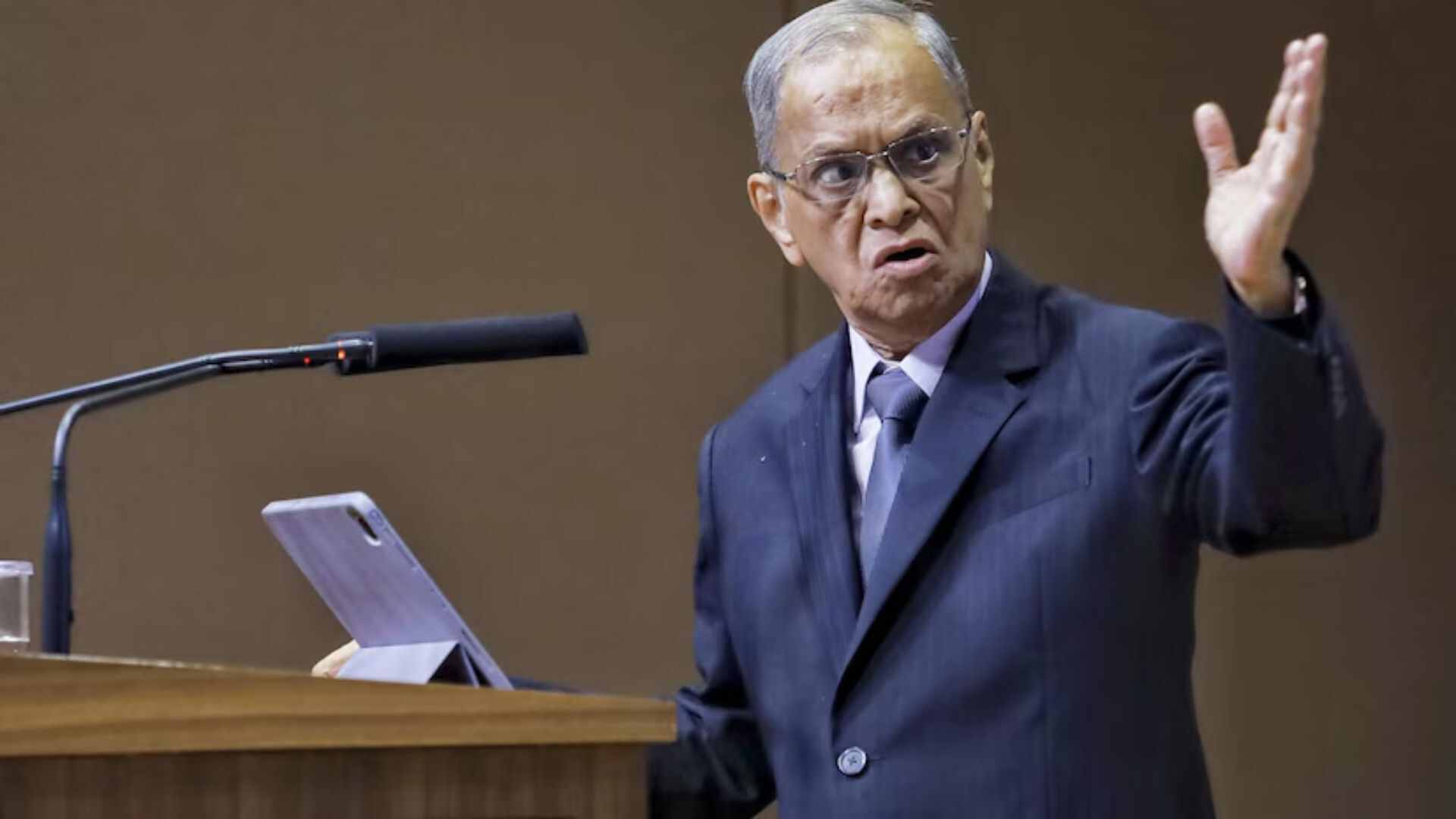
Incidentally, the persecuted minorities in Pakistan, Afghanistan and Bangladesh don’t include Muslims as they are sheltered from governments’ atrocities since ‘Islam’ is their major religion. But in reality, Baloch, Pashtuns, Brahuis (Muslims) and Ahmadiyyas (constitutionally de-recognised as Muslims) are politically and economically marginalised. Would CAA benefit all the ‘persecuted minorities’? Understanding the hidden biases.
The CAA has raised an unprecedented furore in the country. The amendment to the Act redefines ‘illegal migrants’ under Section 2(1)(b) of the principal Act of 1955 by exempting specifically six minority religious communities, namely, Hindus, Sikhs, Buddhists, Jains, Parsis and Christians. It is a historical fact that trans-border migration of population has been happening continuously between the territories of India and the areas presently comprised in Pakistan, Afghanistan and Bangladesh. Millions of citizens of undivided India belonging to various faiths were staying in the said areas of Pakistan and Bangladesh when India was partitioned in 1947. The constitutions of Pakistan, Afghanistan and Bangladesh provide for a specific state religion. As a result, many persons belonging to Hindu, Sikh, Buddhist, Jain, Parsi and Christian communities have faced persecution on grounds of religion in those countries. Some of them also have fears about such persecution in their day-to-day life where the right to practice, profess and propagate their religion has been obstructed and restricted. Many such persons have fled to India to seek shelter and continued to stay in India even if their travel documents have expired or they have incomplete or no documents.
Under the existing provisions of the Act, migrants from Hindu, Sikh, Buddhist, Jain, Parsi or Christian communities from Afghanistan, Pakistan or Bangladesh who entered into India without valid travel documents or if the validity of their documents has expired are regarded as illegal migrants and ineligible to apply for Indian citizenship under section 5 or section 6 of the Act.
Furthermore, this exclusion applies only to persons from three of India’s neighbouring countries — Pakistan, Bangladesh and Afghanistan. The Statement of Objects and Reasons (SOR) of the Citizenship Bill 2019 focuses on benefitting ‘persecuted minorities’ from the above three countries whose state religion is Islam.
Curiously, the SOR seems to have telescoped time, seeming to give an impression that we are closer in time to 1947 when Partition took place. Furthermore, agnostics and atheists do not seem to figure in the category of persecuted persons. It is far from clear and there seems some reason for not disclosing the total number of applicants for citizenship in the category concerned and how long they have been waiting. Some people suggest that the number is not more than 30,000. But then, over the years, several thousand have been given citizenship under the parent legislation and those include Muslims. Why others of Indian origin did not make it is not known.
It is perplexing how Parliament believes that the persecuted minorities in the above-mentioned countries do not include the ‘Muslim’ population. It is presumed that since they live in countries that recognise ‘Islam’ as its state religion, they are sheltered from atrocities by their governments on grounds of religion, which is inflicted on ‘other minorities’. However, in Balochistan, which is one of the four provinces of Pakistan, the Baloch, along with Pashtuns and Brahuis (Muslims), are politically and economically marginalised. They have been subject to a heavyhanded armed response by the Pakistani government, time and again, for demanding more provincial autonomy to escape exploitative central nationalist policies. This form of persecution, which has seen thousands of deaths due to violence by state actors, has been noticed globally as a conflict that needs resolution.
A 2006 report by the Human Rights Commission of Pakistan brought to light the insurgencies, detention, torture, extra-judicial and summary executions, disappearances, etc., against the Baloch, corroborated by Amnesty International. The Baloch are thus left to suffer, with little to no support from neighbouring countries, especially India, who by virtue of the CAA would not recognise them as ‘persecuted’, and a natural bar imposed through the exclusion of ‘Muslims’ from the amendment. Curiously, this is so despite the Prime Minister having vowed his support to Balochistan from the ramparts of the Red Fort. Interestingly, Khan Abdul Ghaffar Khan or the Frontier Gandhi, a proud Pashtun who spent long years in Pakistani prisons, would not have qualified for Indian citizenship under the CAA.
Curiously, the CAA was preceded by the 2015 amendment of the Foreigners Order, 1948, whereby the newly inserted Rule 3A exempted persons belonging to minority communities in Bangladesh and Pakistan (namely Hindus, Sikhs, Buddhists, Jains, Parsis and Christians) who were compelled to seek shelter in India due to religious persecution or fear of the same on or before 31 December 2014, from the Foreigners Act, 1946. It would be noted that Afghanistan was not included at that stage. It is a moot point as to why this preparatory step towards CAA went unnoticed and unchallenged.
Similar is the case for Ahmadiyyas in Pakistan who have been persecuted by the Sunni majority population for believing in Mirza Gulam Ahmad to be the promised Messiah. In a country that has a state religion, Ahmadiyyas are precluded from being recognised as Muslims according to the Pakistani Constitution, effectively making them a minority group. Article 260 of the Constitution of Pakistan was amended with effect from 17 September 1974 to define Muslims to the exclusion of ‘Ahmadiyyas’.
This constitutional de-recognition of Ahmadiyyas from the definition of ‘Muslims’ and the prevailing antiAhmadiyya sentiment in the majority population has resulted in large-scale violence and persecution. The 1953 Lahore riots and the 1974 anti-Ahmadiyya riots are stark reminders of their persecution in a country which has, perhaps, their largest population in the world. Additionally, in 2018, antiblasphemy laws were introduced by the Pakistani government which are supplemental to Ordinance XX, introduced in 1984 to bar the public practice of their faith, use of honorific titles, etc, as punishable with imprisonment.
It has also been debated that the noninclusion of minorities from other neighbouring countries, particularly from Sri Lanka or even Bhutan, is illogical. In Sri Lanka, thousands of Tamils faced discrimination and violence at the hands of the majoritarian Sinhalese, in a civil war that lasted more than two decades and culminated in the horrific massacre of Liberation Tigers of Tamil Eelam (LTTE) cadres. These excluded Hindus (Tamils) who have been at the receiving end of state-led atrocities and ethnically targeted and isolated in Sri Lanka. People who follow Buddhism in Sri Lanka had also been radicalised, leading to the formation of violent groups. If an assumption of ‘having roots in India’ is to be made for the purposes of the benefits of CAA, Sri Lankan Hindu Tamils would definitely form part as indeed Sikhs from Afghanistan, but not because of religious persecution in their case.
The writer is senior Congress leader and former Minister of External Affairs.















